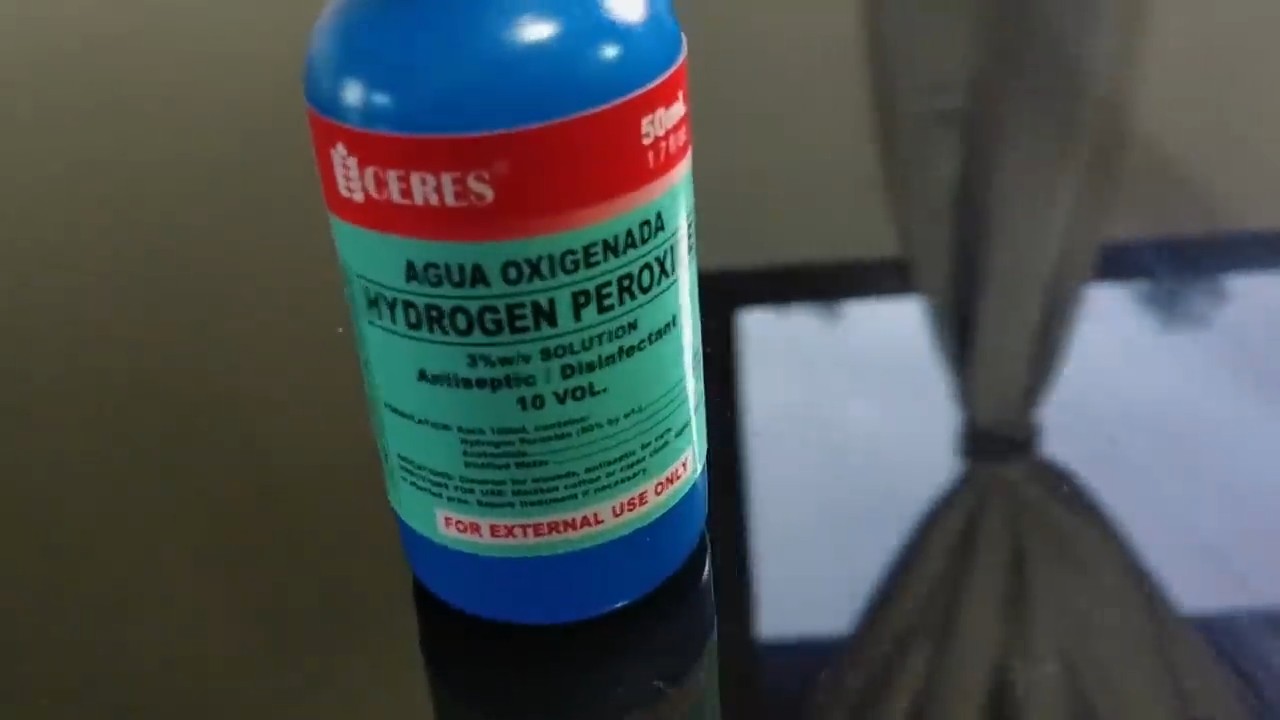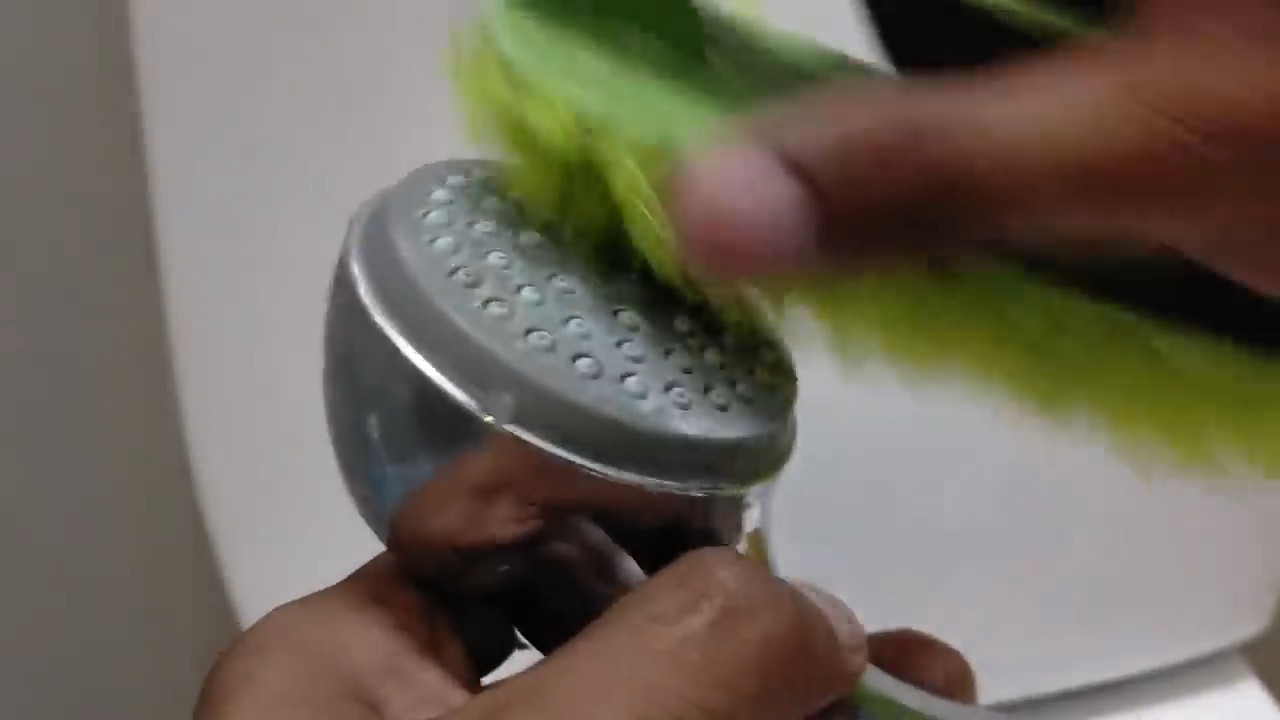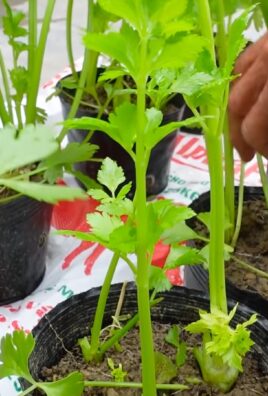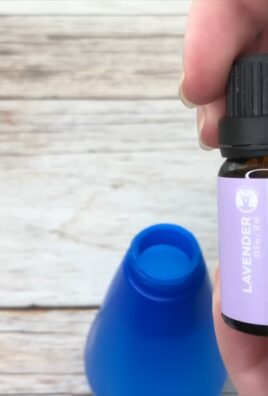Hydrogen Peroxide Cleaning Hacks: Unlock the Sparkling Secrets to a Spotless Home!
Ever feel like you’re battling a never-ending war against grime and stains? I know I have! But what if I told you the secret weapon to winning that battle was already sitting in your medicine cabinet? We’re diving deep into the amazing world of hydrogen peroxide cleaning hacks, and trust me, you’re going to be amazed at what this simple solution can do.
Hydrogen peroxide has been around for ages, initially used for medicinal purposes. But its cleaning power? That’s a more recent discovery, and a game-changer! Think of it as your eco-friendly, budget-conscious cleaning superhero. In a world overflowing with harsh chemicals and expensive cleaning products, hydrogen peroxide offers a safe, effective, and surprisingly versatile alternative.
Why do you need these DIY tricks? Because life’s too short to spend hours scrubbing! From banishing stubborn stains on your clothes to disinfecting your kitchen counters, hydrogen peroxide cleaning hacks can save you time, money, and a whole lot of elbow grease. Plus, it’s a much gentler option for your family and the environment. So, let’s get ready to transform your cleaning routine and make your home shine like never before!

Hydrogen Peroxide: Your DIY Cleaning Superhero!
Hey there, fellow DIY enthusiasts! I’m about to let you in on a little secret weapon I use all over my house: hydrogen peroxide. Forget those expensive, chemical-laden cleaners – this stuff is cheap, effective, and surprisingly versatile. We’re talking about the 3% solution you find at the drugstore, not the industrial-strength stuff. Ready to unlock its cleaning power? Let’s dive in!
Understanding Hydrogen Peroxide: The Basics
Before we get started, let’s quickly cover the basics. Hydrogen peroxide (H2O2) is a mild antiseptic with oxidizing properties. That means it breaks down organic matter and can kill bacteria, viruses, and fungi. It’s also a bleaching agent, so always test it in an inconspicuous area before using it on colored fabrics or surfaces.
DIY Cleaning Hacks with Hydrogen Peroxide
Here’s a breakdown of some of my favorite ways to use hydrogen peroxide around the house:
* Bathroom Brilliance: From disinfecting toilets to removing soap scum, hydrogen peroxide is a bathroom superstar.
* Kitchen Clean-Up: Sanitize cutting boards, freshen up your dishwasher, and even brighten stained mugs.
* Laundry Love: Whiten whites, remove stains, and deodorize smelly clothes.
* General Germ-Busting: Disinfect surfaces, clean electronics, and even freshen up your toothbrush.
* Garden Goodness: Fight fungal infections on plants and sanitize gardening tools.
Bathroom Cleaning Power
Let’s start with the bathroom, a place where cleanliness is key!
Toilet Bowl Cleaning and Disinfecting
This is one of my go-to uses. It’s so simple!
1. Pour it in: Pour about 1/2 cup of hydrogen peroxide directly into the toilet bowl.
2. Let it sit: Let it sit for about 30 minutes. This gives the hydrogen peroxide time to work its magic, breaking down stains and killing germs.
3. Scrub and flush: After 30 minutes, give the bowl a good scrub with your toilet brush and flush. Voila! A cleaner, fresher toilet.
Shower and Tub Soap Scum Remover
Soap scum can be a real pain, but hydrogen peroxide can help!
1. Spray it on: Fill a spray bottle with undiluted hydrogen peroxide.
2. Saturate the scum: Spray the affected areas of your shower or tub thoroughly, making sure to saturate the soap scum.
3. Wait and wipe: Let it sit for about 15-20 minutes. This allows the hydrogen peroxide to loosen the soap scum.
4. Wipe away: Wipe away the loosened soap scum with a sponge or cloth. For stubborn areas, you might need to scrub a little.
5. Rinse: Rinse the area with water to remove any remaining residue.
Cleaning Grout
Grimey grout? No problem!
1. Make a paste (optional): For extra cleaning power, you can make a paste by mixing hydrogen peroxide with baking soda. The consistency should be like toothpaste.
2. Apply to grout: Apply the hydrogen peroxide (or the paste) directly to the grout lines.
3. Let it sit: Let it sit for about 10-15 minutes.
4. Scrub: Use an old toothbrush or grout brush to scrub the grout lines.
5. Rinse: Rinse the area with water. You might need to repeat the process for heavily stained grout.
Kitchen Cleaning Wonders
Next up, the kitchen! This is where food prep happens, so keeping things clean is super important.
Sanitizing Cutting Boards
Cutting boards can harbor bacteria, especially after cutting raw meat or poultry. Hydrogen peroxide is a great way to sanitize them.
1. Wash the board: First, wash the cutting board with soap and water to remove any food particles.
2. Spray with hydrogen peroxide: Spray the cutting board thoroughly with hydrogen peroxide.
3. Let it sit: Let it sit for about 5-10 minutes.
4. Rinse: Rinse the cutting board with water and let it air dry.
Dishwasher Freshener
Give your dishwasher a boost of freshness!
1. Pour it in: Before running your dishwasher, pour about 1/2 cup of hydrogen peroxide into the bottom of the dishwasher.
2. Run the cycle: Run your dishwasher as usual. The hydrogen peroxide will help to sanitize and deodorize the dishwasher.
Brightening Stained Mugs
Coffee and tea stains can make your favorite mugs look dingy. Hydrogen peroxide to the rescue!
1. Pour it in: Pour a small amount of hydrogen peroxide into the stained mug.
2. Let it sit: Let it sit for about 30 minutes to an hour, depending on the severity of the stain.
3. Scrub (if needed): If the stain is stubborn, give it a gentle scrub with a sponge or brush.
4. Rinse: Rinse the mug thoroughly with water.
Laundry Love and Stain Removal
Hydrogen peroxide can be a lifesaver when it comes to laundry!
Whitening Whites
Skip the bleach and use hydrogen peroxide to brighten your white clothes.
1. Add to the wash: Add about 1 cup of hydrogen peroxide to your washing machine along with your regular laundry detergent.
2. Wash as usual: Wash your white clothes as usual.
Stain Removal
Hydrogen peroxide is effective on a variety of stains, including blood, grass, and food stains.
1. Test first: Always test hydrogen peroxide on an inconspicuous area of the fabric first to make sure it doesn’t cause discoloration.
2. Apply to stain: Pour a small amount of hydrogen peroxide directly onto the stain.
3. Let it sit: Let it sit for about 10-15 minutes.
4. Blot and rinse: Blot the stain with a clean cloth and then rinse with cold water.
5. Wash as usual: Wash the garment as usual.
Deodorizing Smelly Clothes
Got gym clothes that just won’t lose that lingering odor? Hydrogen peroxide can help!
1. Soak the clothes: Fill a basin or sink with cold water and add about 1 cup of hydrogen peroxide.
2. Soak for 30 minutes: Soak the smelly clothes in the solution for about 30 minutes.
3. Wash as usual: Wash the clothes as usual.
General Germ-Busting Around the House
Hydrogen peroxide isn’t just for the bathroom, kitchen, and laundry room. It’s a great all-around disinfectant!
Disinfecting Surfaces
Use hydrogen peroxide to disinfect countertops, doorknobs, light switches, and other frequently touched surfaces.
1. Spray it on: Fill a spray bottle with hydrogen peroxide.
2. Spray the surface: Spray the surface you want to disinfect.
3. Let it sit: Let it sit for about 5-10 minutes.
4. Wipe clean: Wipe the surface clean with a cloth.
Cleaning Electronics
Yes, you can even use hydrogen peroxide to clean your electronics! But be careful and follow these steps closely.
1. Unplug the device: Make sure the device is unplugged before you start cleaning.
2. Dampen a cloth: Dampen a microfiber cloth with a small amount of hydrogen peroxide. Make sure the cloth is not dripping wet.
3. Wipe the surface: Gently wipe the surface of the device with the damp cloth.
4. Dry with a clean cloth: Dry the surface with a clean, dry microfiber cloth.
Freshening Up Your Toothbrush
Your toothbrush can harbor bacteria, so it’s important to keep it clean.
1. Soak the toothbrush: Pour a small amount of hydrogen peroxide into a cup.
2. Soak the bristles: Soak the bristles of your toothbrush in the hydrogen peroxide for about 5-10 minutes.
3. Rinse thoroughly: Rinse the toothbrush thoroughly with water before using it.
Garden Goodness
Believe it or not, hydrogen peroxide can even be used in the garden!
Fighting Fungal Infections on Plants
Hydrogen peroxide can help to fight fungal infections on plants.
1. Dilute the hydrogen peroxide: Dilute the hydrogen peroxide with water. A good ratio is 1 tablespoon of hydrogen peroxide per cup of water.
2. Spray the plants: Spray the affected plants with the diluted solution.
3. Repeat as needed: Repeat the treatment every few days until the fungal infection is gone.
Sanitizing Gardening Tools
Keep your gardening tools clean and free of bacteria by sanitizing them with hydrogen peroxide.

Conclusion
So, there you have it – a treasure trove of hydrogen peroxide cleaning hacks that can revolutionize your cleaning routine! We’ve explored how this readily available and affordable solution can tackle everything from stubborn stains to grimy surfaces, all while being a more eco-friendly alternative to harsh chemical cleaners.
But why is this DIY approach a must-try? Simply put, it’s about efficiency, cost-effectiveness, and peace of mind. Imagine effortlessly removing soap scum from your shower without the overpowering fumes of commercial cleaners. Picture your dingy grout sparkling like new with minimal scrubbing. Think of the money you’ll save by replacing multiple specialized cleaning products with a single, versatile solution. And, perhaps most importantly, consider the reduced exposure to harsh chemicals for you and your family.
Beyond the basics, there’s room for experimentation and customization. For instance, if you’re dealing with particularly stubborn mildew in your bathroom, try combining hydrogen peroxide with baking soda to create a powerful paste. Apply it to the affected area, let it sit for a few minutes, and then scrub away the grime. For a refreshing twist, add a few drops of your favorite essential oil, like lemon or lavender, to your hydrogen peroxide solution for a pleasant scent while you clean. Remember to always test any cleaning solution in an inconspicuous area first to ensure it doesn’t damage the surface.
Don’t be afraid to get creative and adapt these hacks to your specific needs. Have a stained coffee mug? Soak it in a hydrogen peroxide solution overnight. Need to disinfect your cutting board? A quick spray of hydrogen peroxide will do the trick. The possibilities are truly endless.
We’re confident that once you experience the cleaning power of hydrogen peroxide, you’ll wonder how you ever lived without it. It’s a game-changer for anyone looking to simplify their cleaning routine, save money, and create a healthier home environment.
Now, it’s your turn! We encourage you to try these hydrogen peroxide cleaning hacks and discover the amazing results for yourself. Share your experiences with us in the comments below. What worked best for you? Did you discover any new and innovative uses for hydrogen peroxide? We’re eager to hear your stories and learn from your successes. Let’s build a community of clean-living enthusiasts who are passionate about finding simple, effective, and eco-friendly cleaning solutions. So go ahead, grab that bottle of hydrogen peroxide, and get ready to transform your home into a sparkling oasis! We can’t wait to hear about your cleaning adventures!
Frequently Asked Questions (FAQ)
Is hydrogen peroxide safe to use for cleaning?
Yes, when used properly, hydrogen peroxide is generally safe for cleaning. The standard 3% solution found in most drugstores is considered safe for household use. However, it’s crucial to follow some basic safety precautions. Always wear gloves to protect your skin, especially if you have sensitive skin. Avoid getting hydrogen peroxide in your eyes; if contact occurs, rinse immediately with plenty of water. Never mix hydrogen peroxide with other cleaning products, especially bleach, as this can create dangerous and toxic fumes. Always store hydrogen peroxide in a dark, cool place, away from children and pets. And as with any cleaning product, it’s always a good idea to test it on an inconspicuous area first to ensure it doesn’t damage the surface.
What surfaces can I safely clean with hydrogen peroxide?
Hydrogen peroxide is a versatile cleaner that can be used on a variety of surfaces. It’s excellent for cleaning and disinfecting countertops (especially those made of quartz or granite), sinks, toilets, showers, bathtubs, and floors (tile, linoleum, and some hardwoods). It’s also effective for cleaning cutting boards, sponges, toothbrushes, and even fruits and vegetables (rinse thoroughly after cleaning). However, it’s important to exercise caution when using hydrogen peroxide on certain materials. Avoid using it on delicate fabrics, such as silk or wool, as it can cause discoloration. It’s also best to avoid using it on unsealed natural stone, as it can penetrate the surface and cause damage. Always test in an inconspicuous area first, especially on painted surfaces or fabrics.
Can hydrogen peroxide remove tough stains?
Yes, hydrogen peroxide is a powerful stain remover, especially for organic stains like blood, grass, wine, and food stains. For fabric stains, apply hydrogen peroxide directly to the stain, let it sit for a few minutes, and then blot it with a clean cloth. You may need to repeat the process for stubborn stains. For tougher stains on surfaces, you can create a paste by mixing hydrogen peroxide with baking soda. Apply the paste to the stain, let it sit for a few hours or even overnight, and then scrub it away. Remember to always test the solution on an inconspicuous area first to ensure it doesn’t damage the surface.
How does hydrogen peroxide work as a disinfectant?
Hydrogen peroxide is an effective disinfectant because it’s an oxidizing agent. This means it kills germs by oxidizing their cells, effectively destroying their structure and rendering them harmless. It’s effective against a wide range of bacteria, viruses, and fungi. To use hydrogen peroxide as a disinfectant, simply spray it on the surface you want to disinfect, let it sit for at least 5-10 minutes, and then wipe it clean. This is a great way to disinfect countertops, cutting boards, toilets, and other surfaces that come into contact with germs.
Can I use hydrogen peroxide to whiten my laundry?
Yes, hydrogen peroxide can be used as a natural laundry whitener. Add one cup of hydrogen peroxide to your washing machine along with your regular detergent. It’s a gentler alternative to bleach and is safe for most white fabrics. However, it’s always a good idea to test it on an inconspicuous area first to ensure it doesn’t discolor the fabric. For extra whitening power, you can soak your white clothes in a solution of hydrogen peroxide and water before washing them.
How should I store hydrogen peroxide?
Proper storage is essential to maintain the effectiveness of hydrogen peroxide. It should be stored in its original dark-colored bottle in a cool, dry place, away from direct sunlight and heat. Exposure to light and heat can cause hydrogen peroxide to decompose and lose its potency. Keep it out of reach of children and pets. If you transfer hydrogen peroxide to a different container, make sure it’s an opaque container and clearly labeled.
What is the difference between different concentrations of hydrogen peroxide?
The most common concentration of hydrogen peroxide available in drugstores is 3%. This is generally safe for household cleaning and disinfecting. Higher concentrations, such as 6% or 35%, are available but are typically used for specific purposes, such as hair bleaching or industrial cleaning. Higher concentrations can be corrosive and should be handled with extreme caution. Always wear gloves and eye protection when working with higher concentrations of hydrogen peroxide. For most household cleaning tasks, the standard 3% solution is sufficient.
Can I use hydrogen peroxide to clean my ears?
While some people use diluted hydrogen peroxide to clean their ears, it’s important to exercise caution and consult with a doctor before doing so. Using too much hydrogen peroxide or using it too frequently can irritate the ear canal and potentially damage the eardrum. If you’re experiencing earwax buildup or other ear problems, it’s best to seek professional medical advice.
Is hydrogen peroxide environmentally friendly?
Yes, hydrogen peroxide is considered a more environmentally friendly cleaning option compared to many harsh chemical cleaners. It decomposes into water and oxygen, leaving no harmful residues behind. This makes it a safer choice for the environment and for your family. By using hydrogen peroxide for cleaning, you can reduce your reliance on chemical-laden products and contribute to a healthier planet.





Leave a Comment